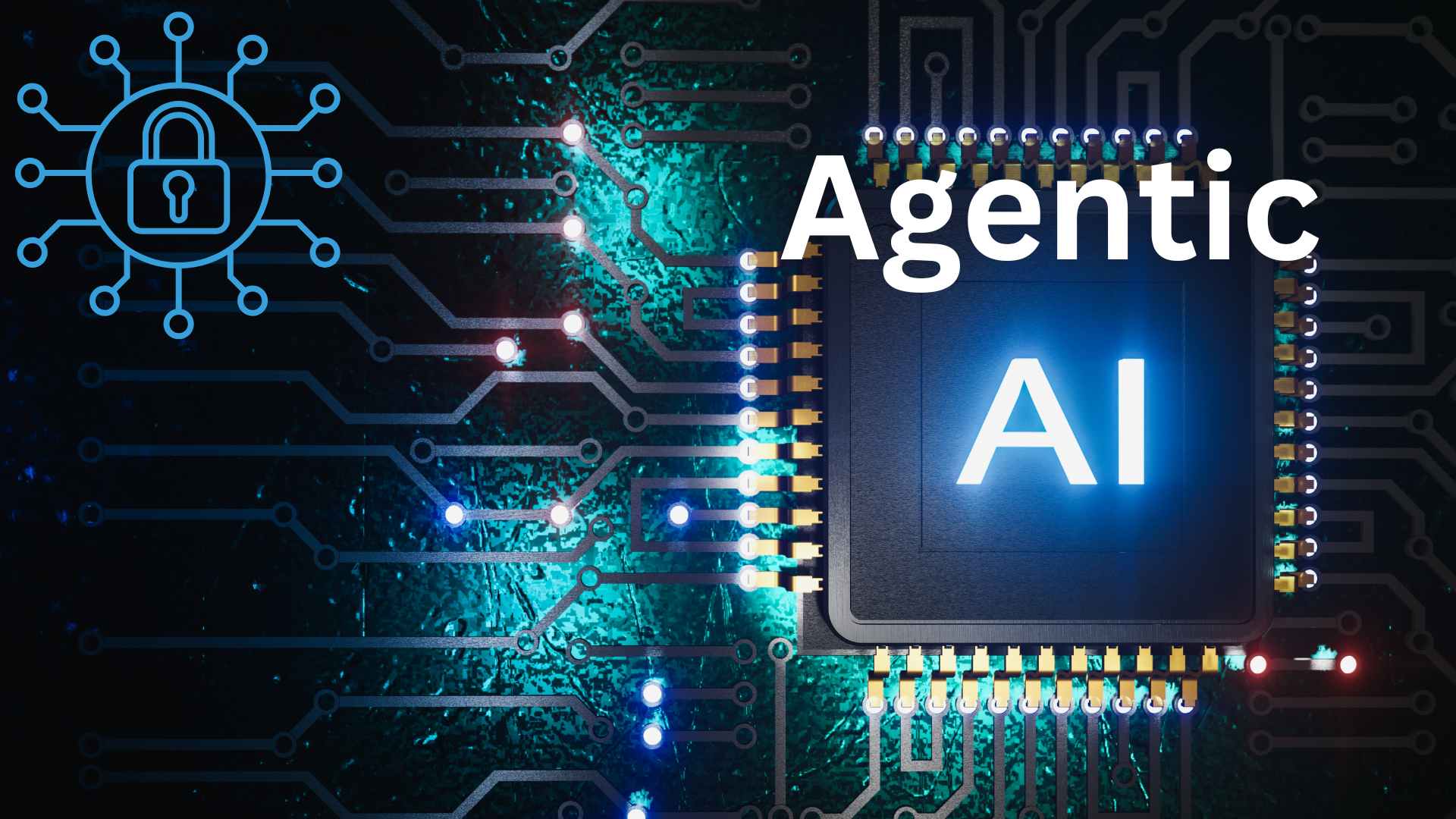You know what’s interesting? A few years ago, we were talking about AI as a fancy calculator. Now, it’s more like hiring a digital employee. One that can file invoices, schedule meetings, even reply to customers without needing a coffee break. I’ve seen companies roll out these agentic AIs and suddenly, their teams have time to focus on the work that actually matters. That’s real progress.
But here’s where it gets interesting. These agents don’t just follow rules, they learn, adapt, and sometimes, they even surprise us. That’s where cybersecurity comes in. Because if an AI agent can pay a vendor, what happens if someone tricks it into paying the wrong one? Or if it gets access to data it shouldn’t see?
The Hidden Risks: AI Driven Malware and Smarter Attacks
Let me tell you what we’re seeing out there. Attackers are using AI too, and they’re not just automating spam emails. They’re crafting malware that learns as it spreads, changes its appearance to dodge security tools, and even mimics human behavior, browsing, clicking, and typing. Just like one of your team. I’ve seen phishing emails so convincing, even seasoned IT staff had to double check.
There’s malware now that adapts in real time, tweaking itself to slip past your defenses. Some of these AI powered threats can even coordinate across networks, acting like a swarm of digital pickpockets. And the wild part? You don’t need to be a tech wizard to launch these attacks anymore. The tools are out there, and they’re getting easier to use every day.
But I’m not here to say “be afraid.” I’m here to say this is the new playing field. And there are smart, practical ways to stay ahead.
How We Help Clients Use Agentic AI Securely
Here’s what we do, and what I recommend for any business thinking about bringing AI agents into the fold:
- Start with a Map: Before you let an AI agent loose, map out exactly what it can access and what it’s allowed to do. Think of it like onboarding a new hire. Would you give them the keys to every room on day one? Of course not.
- Guardrails, Not Handcuffs: We set up permissions and monitoring, so the AI can do its job, but if it starts acting odd. Trying to access files when it’s supposed to handle scheduling. AI-driven anomaly detection is a game changer here.
- Layered Defenses: Multi-factor authentication isn’t just for people anymore. We use it for AI agents, too. That way, even if someone tries to hijack your digital employee, they hit a wall.
- Behavioral Analytics: Instead of just looking for known threats, we watch for anything out of the ordinary. Strange logins, odd requests, or data moving where it shouldn’t. AI helps us spot these patterns, and we can respond in real time.
- Team Training: The best tech in the world won’t help if your team isn’t in the loop. We run quick sessions to help folks spot AI-powered phishing, deepfakes, and other tricks that are getting more common by the day.
- Deception Tactics: Sometimes, we set up decoys. Fake data or systems that lure in attackers. If something bites, we know right away, and the real systems stay safe.
Agentic AI in Business: Opportunity, Risk, and How to Stay Secure
| What AI Agents Bring | Where New Risks Appear | How to Defend (What We Do) |
|---|---|---|
| Automate repetitive tasks | AI-powered phishing & social engineering (highly convincing emails, deepfakes) | Train your team to spot new attack styles; use AI-driven email filtering |
| Speed up approvals, scheduling | AI-driven malware that adapts to security tools | Layered security: anomaly detection, multi-factor authentication for agents |
| 24/7 customer support | Data leaks or unauthorized access if agents are misconfigured | Map agent permissions, monitor agent activity, restrict sensitive data access |
| Smarter decision-making | Adversarial attacks—hackers tricking AI into bad decisions | Regular audits, adversarial testing, explainable AI tools |
| Cost savings & efficiency | Supply chain and third-party vulnerabilities | Vet third-party AI tools, enforce software integrity, segment critical systems |
A Quick Story
One of our clients wanted to automate invoice approvals with an AI agent. It worked beautifully until someone tried to trick the system with a fake invoice. Because we’d set up the right checks, the AI flagged it, and the team caught the scam before any money changed hands. That’s the kind of win that makes all the planning worth it.
The Main Thing to Remember about Agentic AI
AI is going to transform your business, no question. But just like you wouldn’t let a new employee run wild without some guidance, your digital agents need boundaries too. With the right guardrails, you get the best of both worlds. Speed, efficiency, and peace of mind.
If you’re thinking about bringing AI deeper into your business, or just want to make sure your current setup is as tight as it should be, let’s have a quick chat. No pressure, just practical advice.
FAQ
Q: Can AI really spot threats faster than a human?
Absolutely. AI can catch subtle changes in behavior or patterns that even the best analysts might miss. But it works best when paired with human oversight.
Q: What’s the first step to secure AI agents?
Start by mapping out exactly what you want the agent to do—and what it shouldn’t touch. Permissions are your friend.
Q: Are AI-powered attacks only a risk for big companies?
Not at all. Small and midsize businesses are often targets because their defenses are easier to get around. The good news? The same tools that protect big firms are available to everyone now.
Q: How do I know if my team is ready for this?
If your team can spot a suspicious email and knows the basics of good password hygiene, you’re halfway there. The rest is about building a culture of curiosity and caution.
Let me know if you want to see how this looks in your environment. I’m always up for a conversation about making AI work for you. Safely, securely, and with a little less stress
Sources
https://perception-point.io/guides/ai-security/ai-malware-types-real-life-examples-defensive-measures
https://www.sentinelone.com/cybersecurity-101/threat-intelligence/how-to-prevent-ai-powered-cyber-attacks/
https://www.dnsfilter.com/blog/generative-ai-security-risks-in-ai-driven-workplaces
https://www.sisainfosec.com/blogs/10-cybersecurity-best-practices-in-the-age-of-ai-2025/



